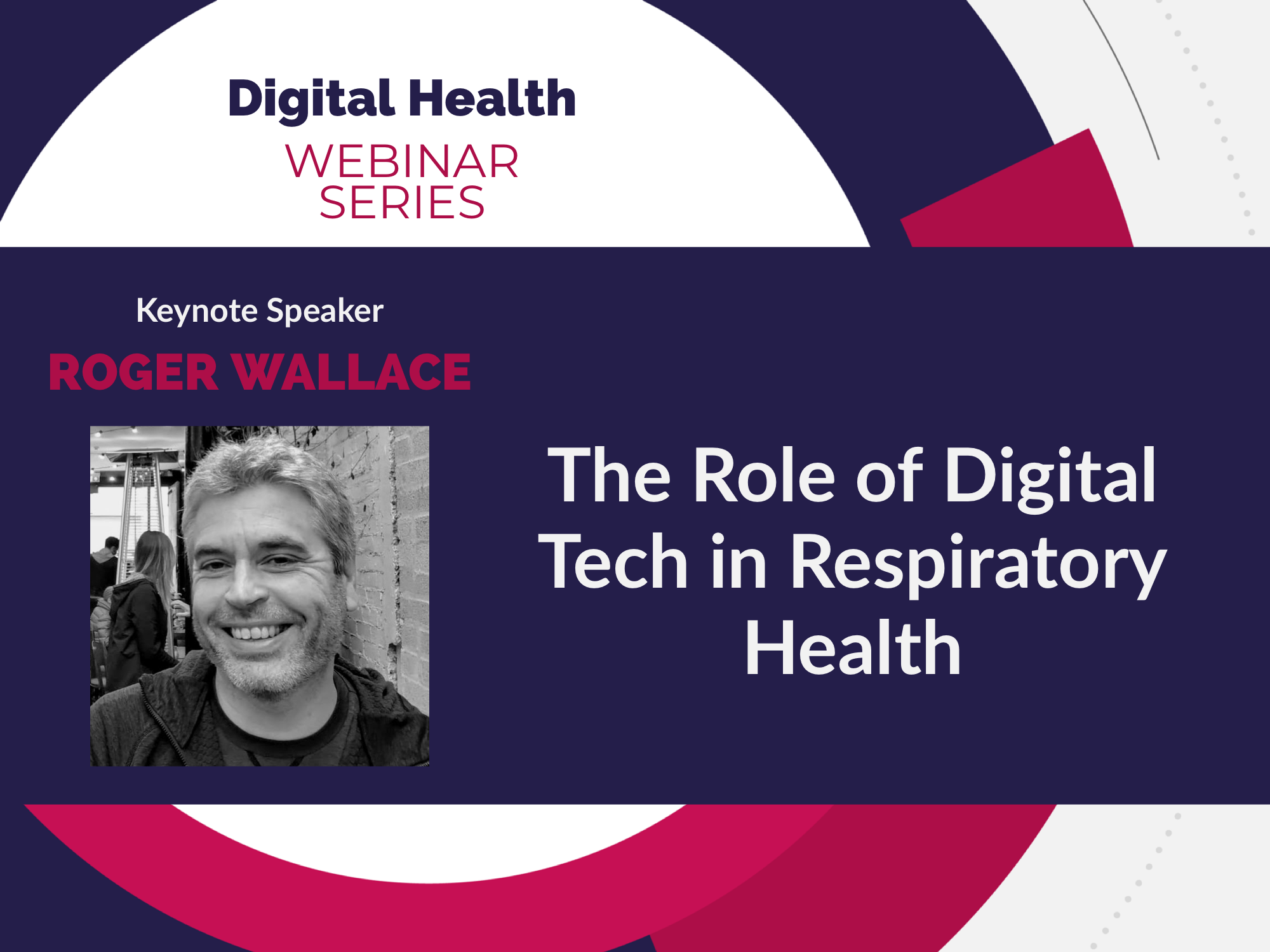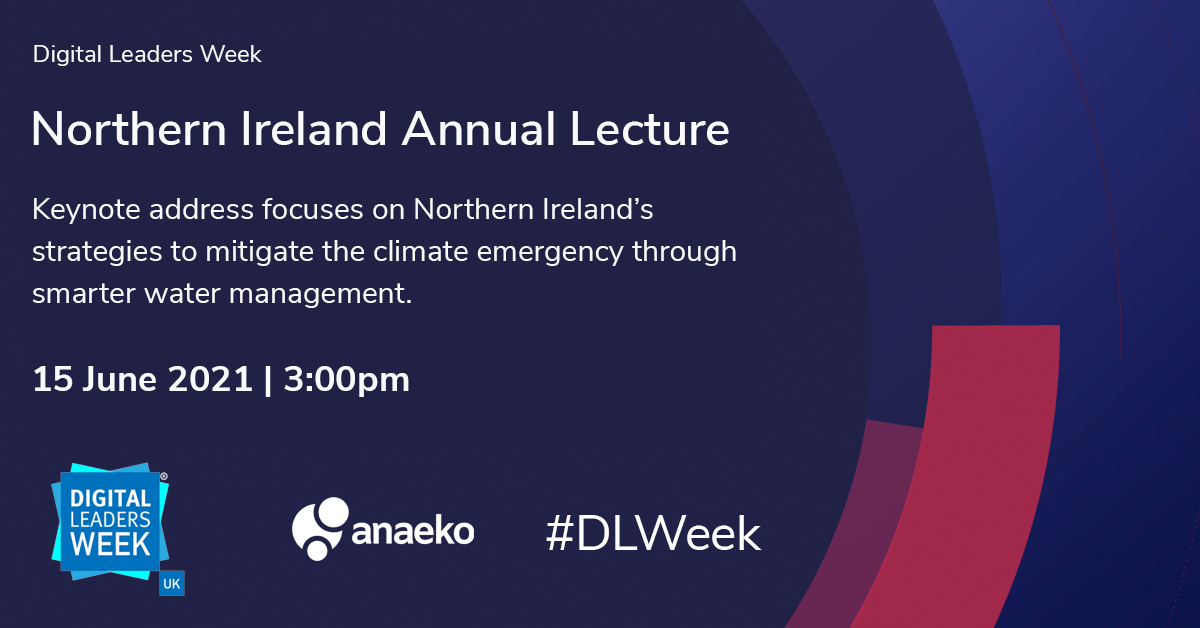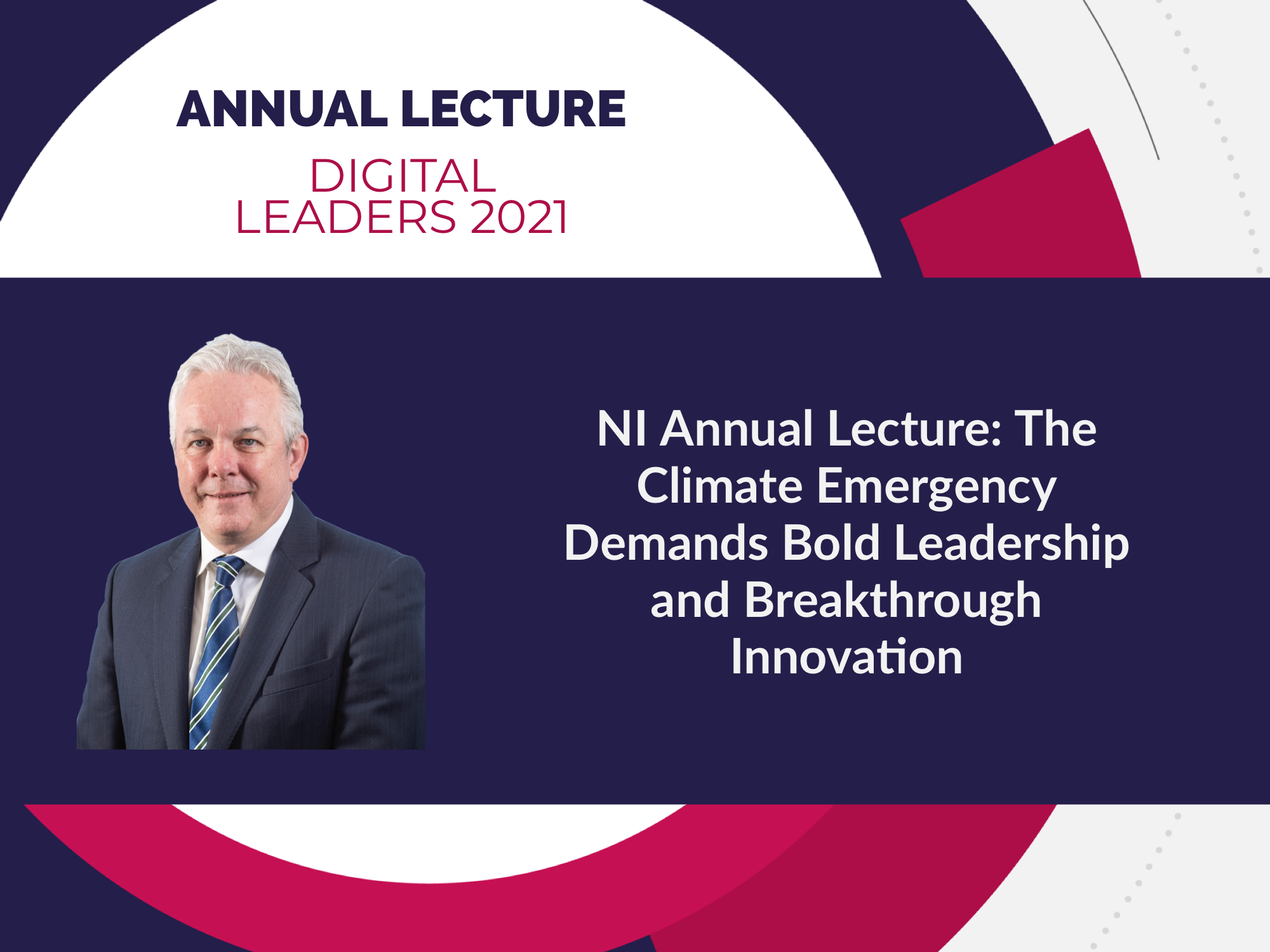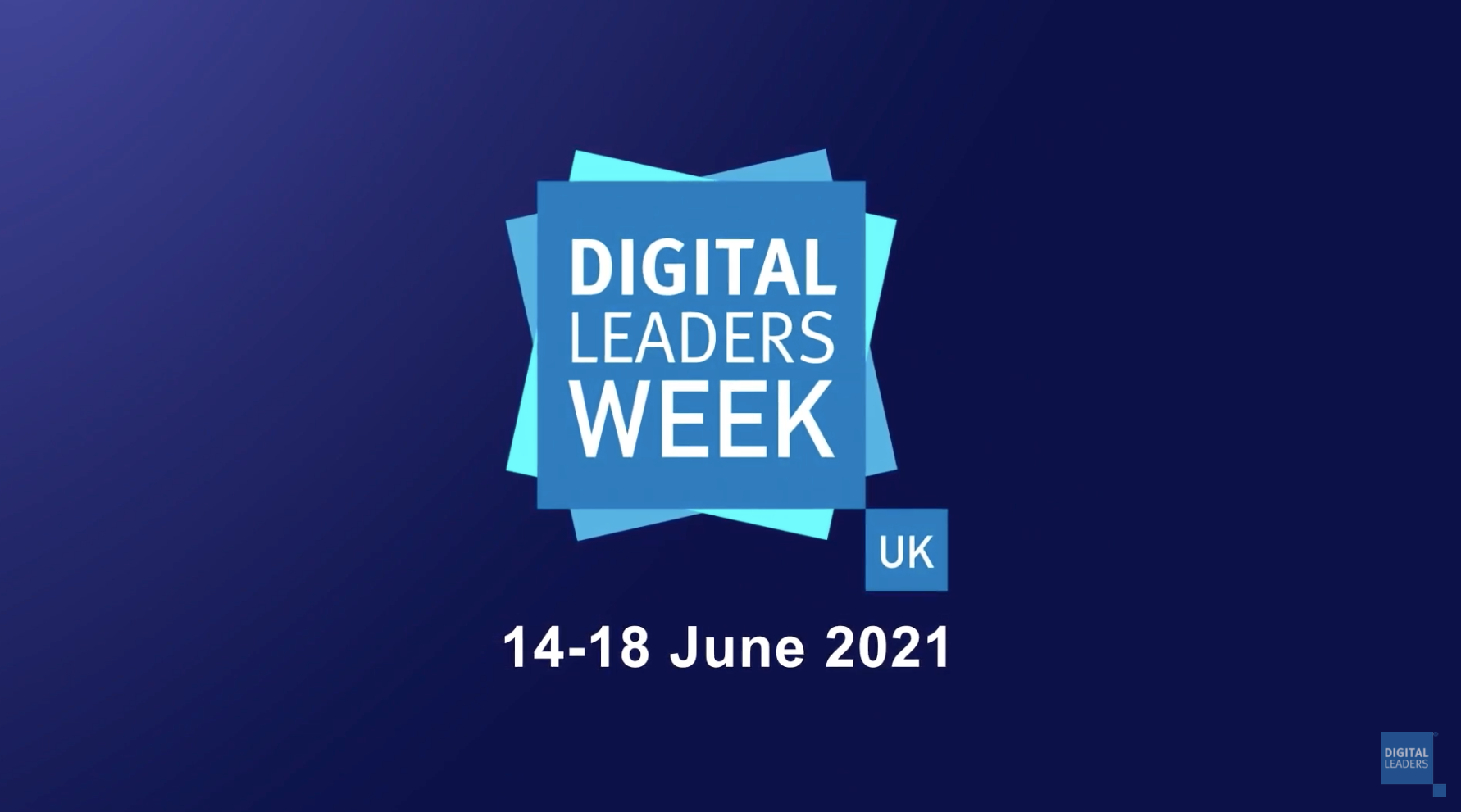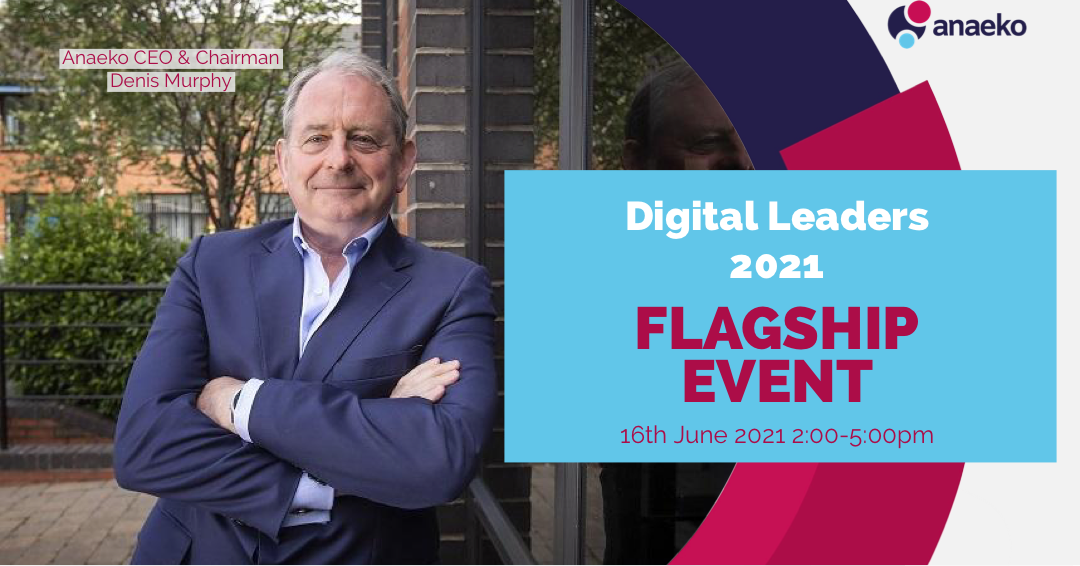
As the Northern Ireland Ambassador for Digital Leaders 2021, Anaeko will be hosting this year’s annual flagship event! The Event showcases Northern Ireland’s collaborative efforts to address the ‘Grand Challenges’. As leaders in software, Anaeko convenes notable speakers from academia and the business community to discuss their strategies for contributing to UK economic growth through the four “Grand Challenges,” areas of technology that are likely to transform industries and societies.
“We are proud to showcase our universities, businesses and the extraordinary new technologies that are set to deliver environmental and societal economic benefit in Northern Ireland — from exploiting the benefits of artificial intelligence, to accelerating the drive to net zero, to increasing mobility, to improving quality of life for the elderly.” – Denis Murphy, CEO of Anaeko
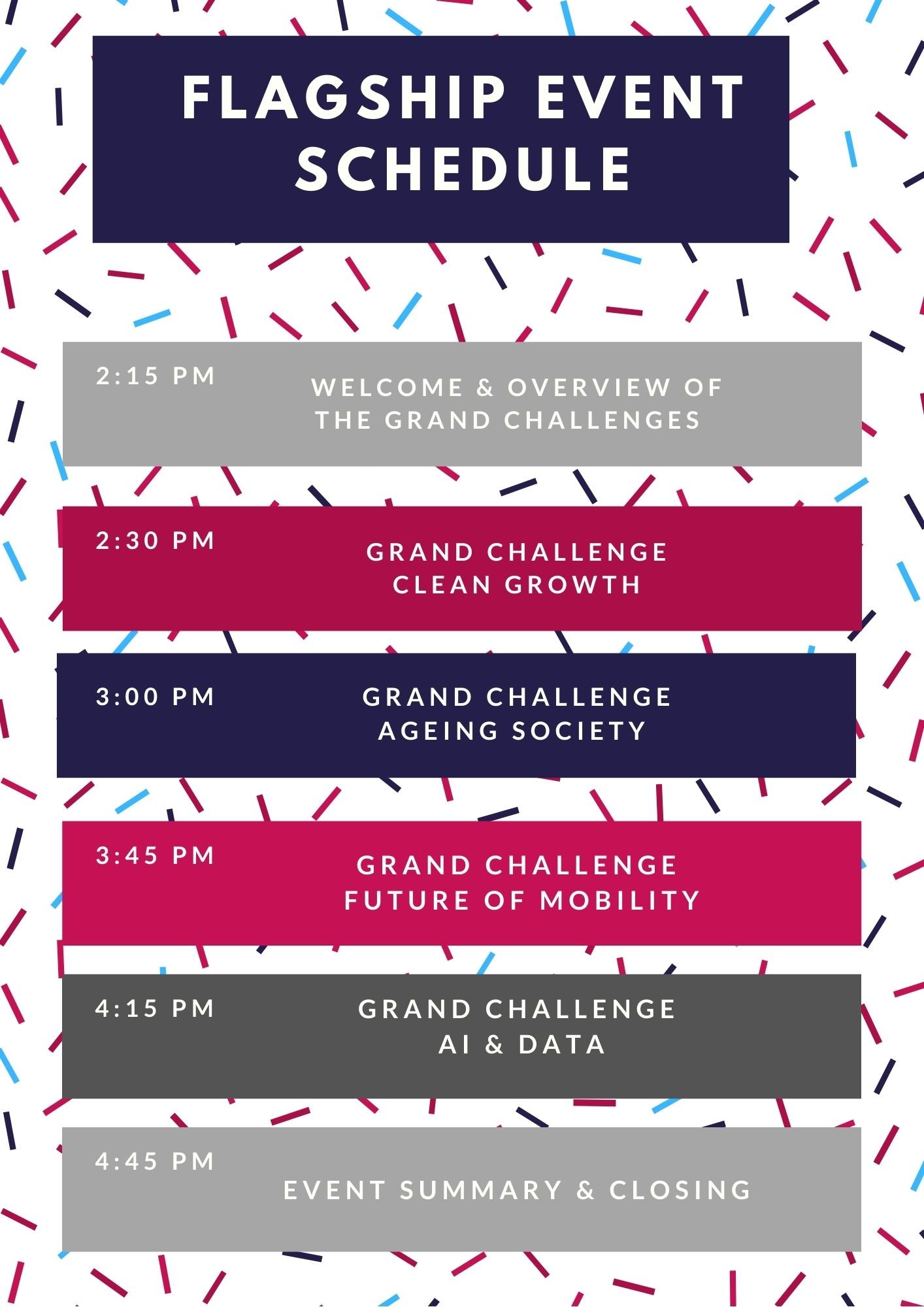
The Grand Challenges
- CLEAN GROWTH
How we will maximise the advantages for UK industry from the global shift to clean growth. The move to cleaner economic growth – through low carbon technologies and the efficient use of resources – is one of the greatest industrial opportunities of our time. By one estimate, the UK’s clean economy could grow at four times the rate of GDP.
Clean growth? Green growth? Or beyond growth?
Professor John Barry of Queens University Belfast (QUB) urges us to start with the objective itself: “There is much talk of the need for clean and green growth in the face of the planetary crisis, and as part of a new economic strategy as we seek to ‘build back better’ after the pandemic. While there is much merit in such efforts perhaps it is also time to question growth itself as an appropriate objective for the economy in our climate changed and carbon constrained world.”
- AGING SOCIETY
Can we harness the power of innovation to help meet the needs of an ageing society? Life expectancy is rising in Northern Ireland. In fact, it is predicted that 1 in 4 children born today will celebrate their 100th birthday. The prospect of longer lives will create new demands for technologies, products and services to help older citizens lead independent and fulfilled lives.
Understanding today for a healthier tomorrow
Dr. Charlotte Neville, Senior Research Fellow at QUB will talk about the Northern Ireland Cohort of the Longitudinal Study of Ageing, or NICOLA, the first large scale study of ageing in Northern Ireland. She will be joined by a representative of Kraydel, a Belfast-based age-tech company, who will demonstrate how new technologies are helping people remain independent for longer by enabling better communication with family and healthcare providers.
- THE FUTURE OF MOBILITY
How can we become a world leader in shaping the future of mobility? The world faces a dual challenge of keeping people, goods and services moving while at the same time cutting carbon emissions. From planes to trains, to cars to trucks, around a quarter of the world’s carbon emissions are created by the way we all choose to get around.
Driving to net zero: Challenges for public transport
Due to scale, the challenge to decarbonise public transport is huge. Smart infrastructures—and choices—are critical. Juliana Early, Associate Professor, QUB discusses the emerging electric battery versus hydrogen dilemma and the role of digital technologies in shaping our mobility solutions.
- AI & DATA
How do we put the UK at the forefront of artificial intelligence and data revolution? Artificial intelligence and machine learning can be seen as new industries in their own right, but they are also transforming business models across many sectors, deploying vast datasets to identify better ways of doing complex tasks.
Artificial intelligence: Water’s next frontier
Anaeko CTO Colm Hayden presents the opportunities for transforming water management by applying the benefits of artificial intelligence. As an example, he demonstrates how Northern Ireland Water is delivering more value to their customers and to the environment through smarter data management.
The program begins at 2:00 pm on 16 June 2021 sign up HERE.



